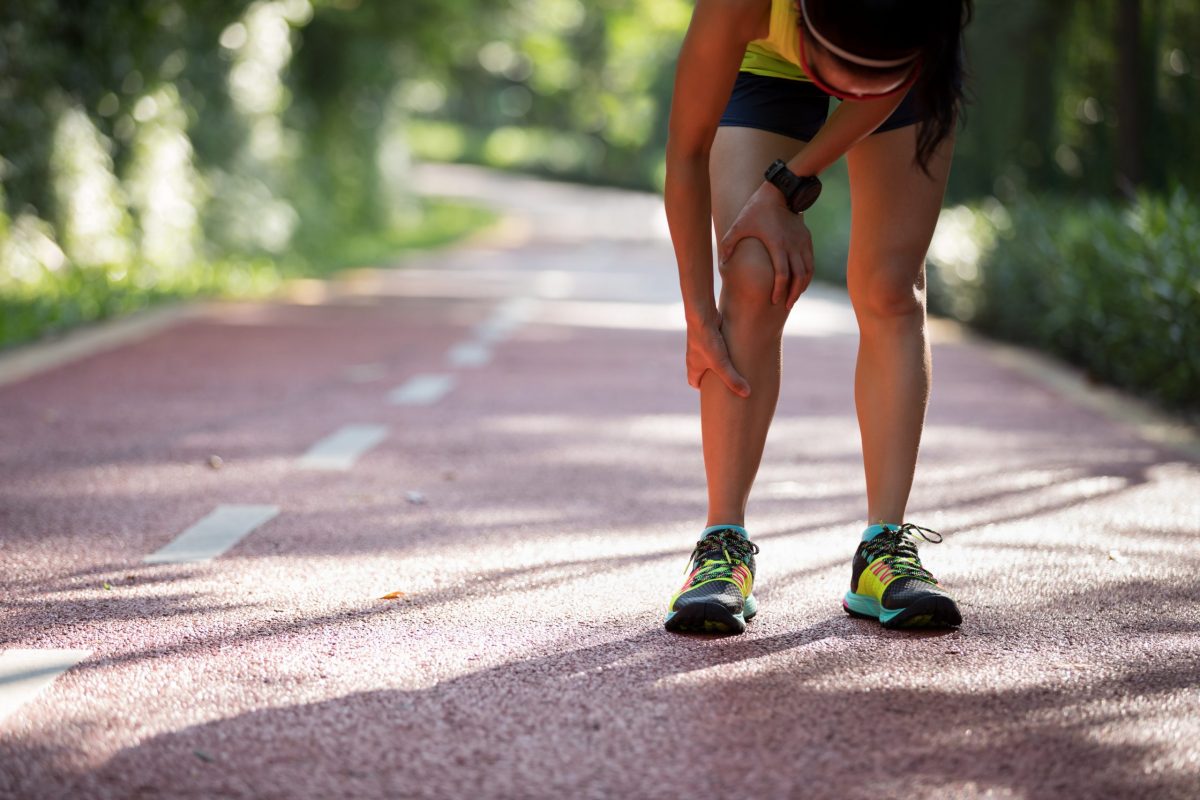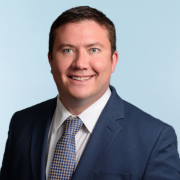
What is the cause of shin pain?
Shin pain can be frustrating and prevent you from participating in the sports and activities you enjoy. And, the causes of shin pain can vary, having you wondering what type of injury or condition you have. To help ensure a correct diagnosis and treatment plan, seek the aid of an expert orthopedic specialist.
At EmergeOrtho—Triangle Region, our board-certified physicians are skilled and experienced in subspecialty orthopedic care. Many of our doctors are fellowship-trained in Sports Medicine and Lower Extremity conditions and injuries. Our patient-centered approaches and personalized treatment plans are designed to help patients Emerge Stronger. Healthier. Better.
Learn more about what could be causing your shin pain and how you can get back to your favorite sport or activity.
Shin Pain Causes

As we briefly mentioned, there are several common causes of shin pain. An unexpected trip and fall, collision on the playing field, or a blow to the front of the leg can result in shin pain. These injuries can also be accompanied by swelling, bruising, and stiffness in the leg. Other times, shin pain may be the result of overuse (as in the case of shin splints).
Take a look at some of the most common reasons people experience shin pain:
- Shin splints. Medial tibial stress syndrome, more commonly known as shin splints, is common among runners and athletes who play vigorous sports. Symptoms of the condition include sharp or aching pain in the front, inner edge of the tibia (shinbone). Pain often worsens during or after activity or when you push on the shin.Because shin splints are the byproduct of overuse, sometimes simply taking a break, combined with rest, can help eliminate pain. Your orthopedic doctor may also recommend applying ice to the affected area and performing specific stretches.In addition to runners and athletes, people with flat feet, unusually rigid arches, and those who exercise with worn-out or improper footwear may also be susceptible to developing shin splints.
- Bone bruise. A bone bruise can result from a sports-related injury or other traumas that damage the blood vessels. This causes blood and fluid to build in the tissues, creating skin discoloration. But, unlike surface bruises (blue and green areas) on the skin, bone bruises extend deeper.
In addition to pain, someone with a bone bruise may also experience tenderness, swelling in the joint and/or soft tissue, or stiffness. Treatment often includes rest, ice, pain medication (such as non-steroidal anti-inflammatory drugs, NSAIDs), wearing a brace to limit mobility, and elevating the injured leg. In more severe cases, a physician may need to drain the bruise of excess fluid. - Stress fracture. Similar to shin splints, stress fractures are common among runners and are also a type of overuse injury. A stress fracture occurs when the shinbone is subjected to continuous strain without appropriate rest. The stress fracture manifests as a tiny crack in the bone. Symptoms of a stress fracture are similar to those of shin splints, with upper shin pain often centralized in one area near the bone. To address a stress fracture, your doctor may prescribe activity restriction and modification until the injury heals. NSAIDs may also be recommended for pain, in addition to wearing a boot with or without crutches.
- Tibia (shinbone) fracture. According to the American Academy of Orthopaedic Surgeons (AAOS), the tibia is the most frequently fractured long bone in the body. A shinbone fracture often happens in motor vehicle collisions or as the result of a similarly major impact/trauma. There are several types of tibia fractures, which include:
- Transverse fracture. The break consists of a straight, horizontal line extending across the tibial shaft.
- Oblique fracture. The break consists of an angled line across the bone shaft.
- Spiral fracture. The break resembles stripes on a candy cane, wrapping around the bone shaft (caused by a twisting force.)
- Comminuted fracture. The bone fractures into three-plus pieces.
- Open fracture. Bone fragments protrude through the skin, with damage to the surrounding ligaments, muscles, and tendons.
Symptoms of a tibia fracture include immediate, severe pain; difficulty or inability to bear weight on the leg (making it impossible to walk); bone protruding through the skin; and intermittent loss of feeling in the foot.
Treatment for a shinbone fracture varies depending on the type and severity of the injury. Conservative treatment methods may include a cast, splint, or another type of bracing, combined with activity restriction and modification, physical therapy, and NSAIDs. If a tibia fracture is severe—as in the case of an open fracture—surgery may be necessary to repair the bone and remove loose bone fragments.
More rare causes of shin pain result from conditions such as adamantinoma and osteofibrous dysplasia (OFD), diagnosed due to bone tumors in the shinbone. Paget’s disease or fibrous dysplasia can also cause shin pain. The former causes skeletal deformity making the shinbone weak and brittle, and the latter produces fibrous growth in the tibia, rather than normal bone.
Preventing Shin Pain
In addition to treating our patients so they can return to the things they love doing most, we also help provide prevention strategies. Here are some of the ways you can help prevent shin pain:
- Wear athletic shoes that fit properly for the sport/activity you are doing.
- Build endurance slowly, increasing duration, frequency, and intensity of exercise incrementally.
- Alternate athletic activities. Try cross-training, alternating lower impact activities like cycling or swimming with your running routine.
For more shin pain prevention strategies and information, reach out to our EmergeOrtho—Triangle Region experts at (919) 220-5255. Or, if you need to be seen by one of our doctors, you can self-schedule an appointment now.







